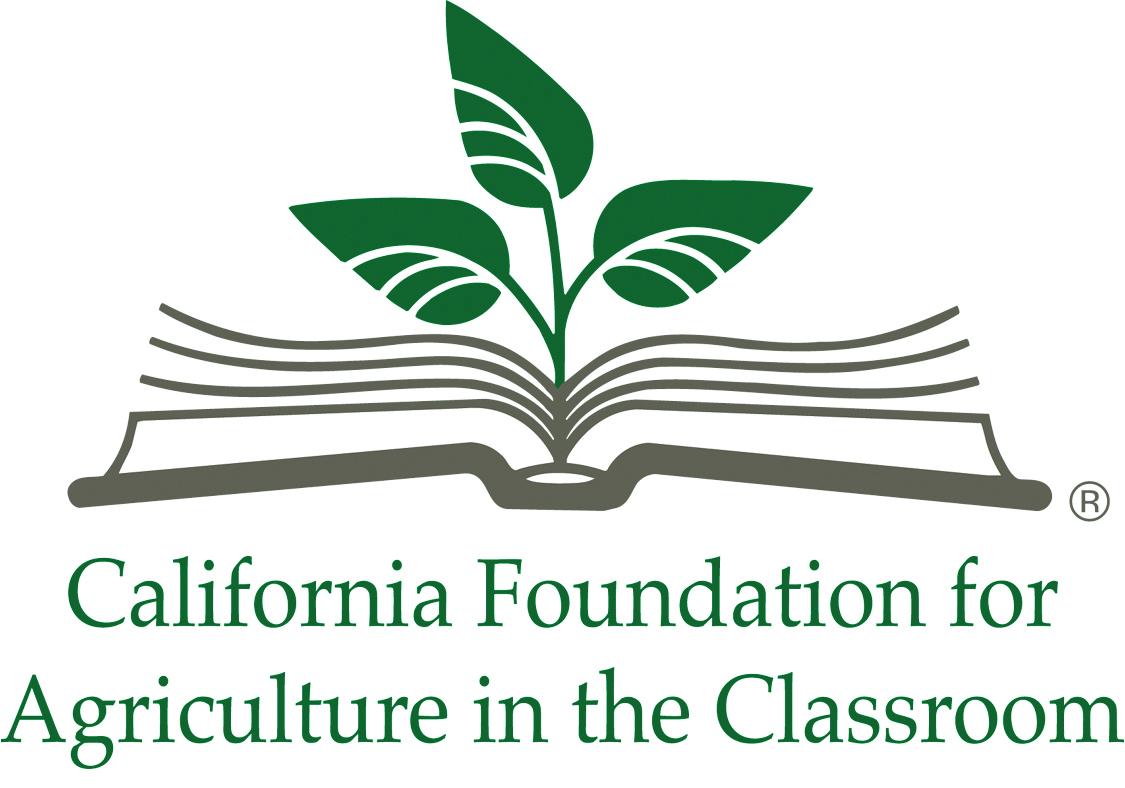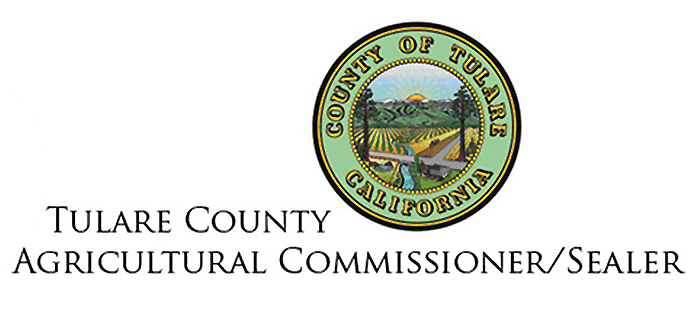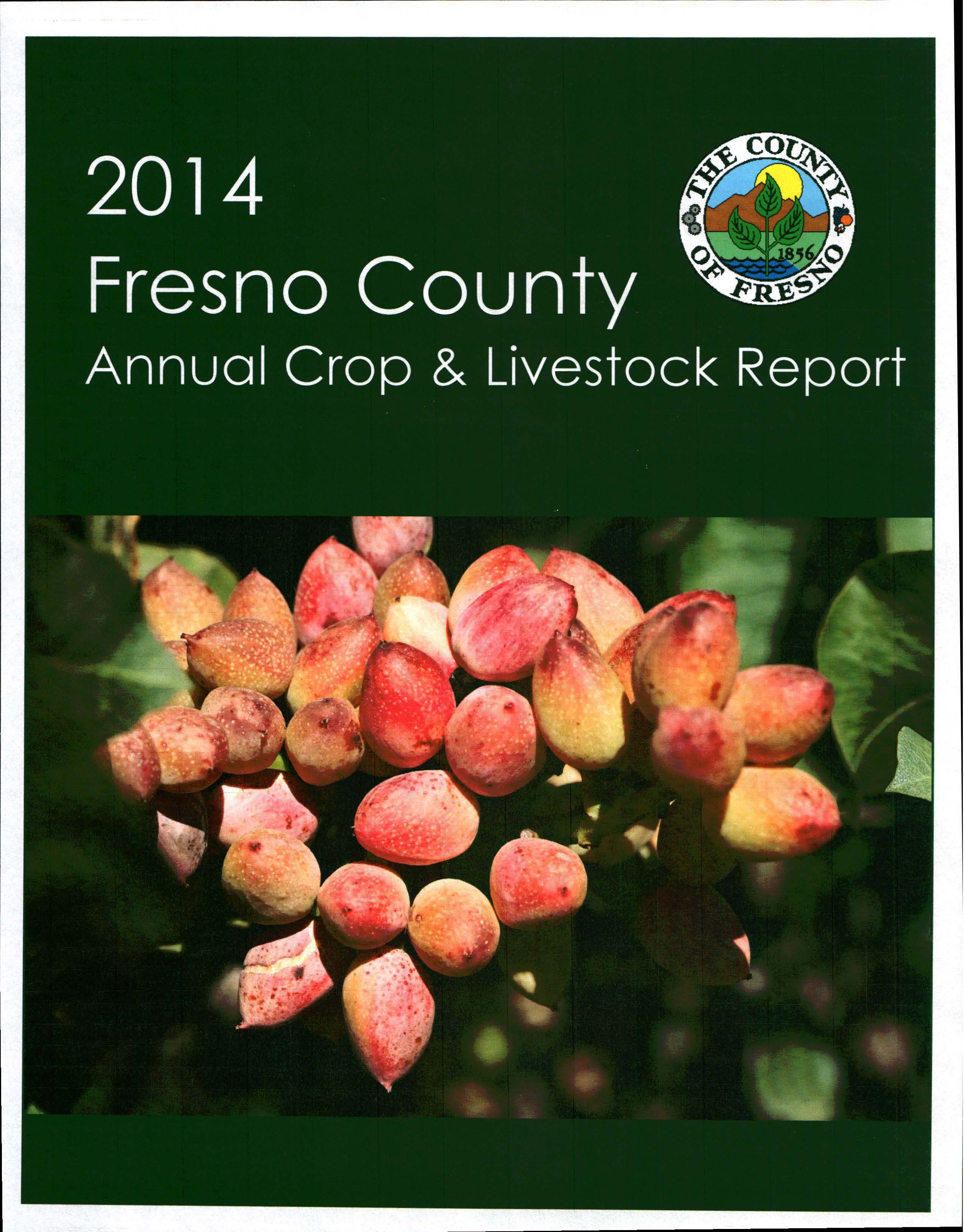Historic Milk Pricing Hearing in Clovis
Historic Milk Pricing Hearing in Clovis:
Converting California to the Federal Milk Marketing Order
By Patrick Cavanaugh, Deputy Editor
In Clovis last week, an historic USDA milk pricing hearing commenced to gather testimony from the California dairy industry, which for the most part, favors changing to the Federal Milk Marketing Order (FMMO). This represents an abandonment of the state marketing order which has been harmful to dairies since it was altered 10 years ago to disallow dairies from getting paid the same price for their milk and whey products.
William Francis, director, USDA Order Formulation and Enforcement, is involved in the formal rule-making process for marketing orders. Francis commented, “There’s been tremendous interest in a federal order for California and we are holding a formal rule hearing for the promulgation of a California FMMO. This is an historic event. For years, the state has operated a program. But, farmers have gotten together and invited us to come in for the state’s hearing.”
The hearing could last as long as eight weeks to review each of four proposals. Francis noted, “We are here as long as it takes. We want to make sure we have a complete and accurate record so there are no time constraints,” He said the USDA will post a transcript on their website, filter through all of the documentation and make a recommendation.
A comment period with a sufficient amount of time will follow the public announcement of the USDA decision. “Then we will generate a modified final decision,” Francis said. “By the time we complete that process, farmers will have the opportunity to vote on the modified decision through a referendum process, which could be up to two years away.”
USDA Federal Milk Marketing Order (FMMO)
Industry Information Request postings
All of the proposals can be viewed at www.ams.usda.gov/CAOrder.



 Kathy Yager, a fifth grade teacher at
Kathy Yager, a fifth grade teacher at  ed consumers in the future.
ed consumers in the future.
 Featured Programs:
Featured Programs:



















